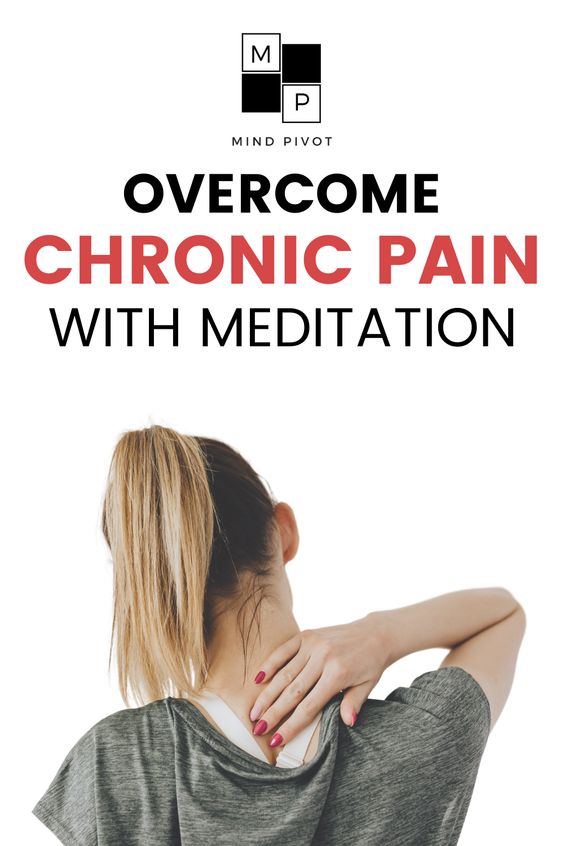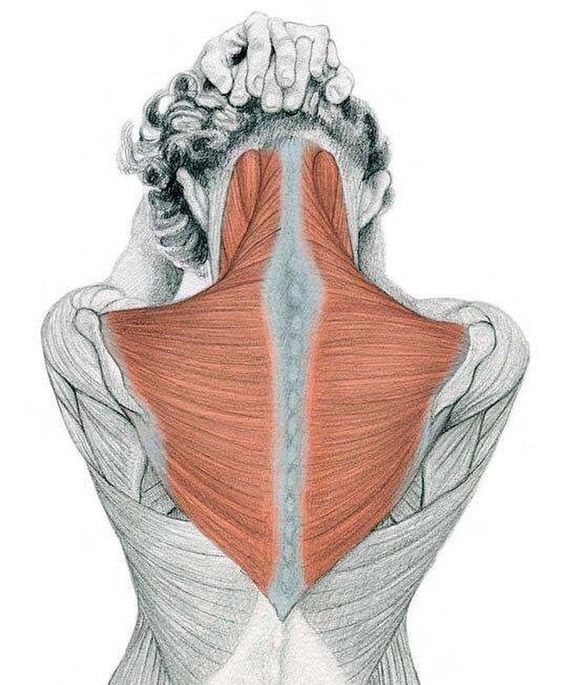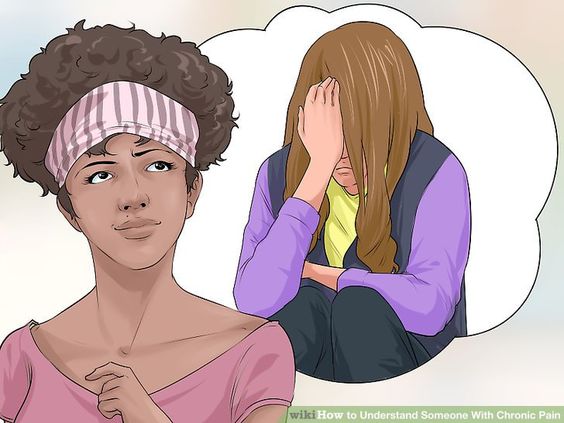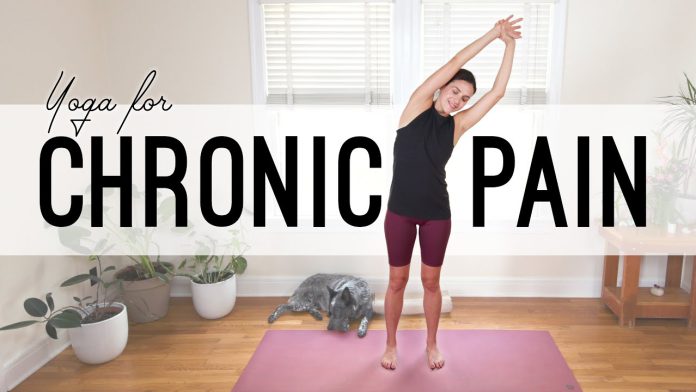exproperti.com – As the opioid crisis in the United States has deepened and chronic pain has become a public concern, people are turning to alternative therapies like Pain Yoga. This practice can be extremely beneficial for many people suffering from back pain. Unlike other methods of treatment, this form of exercise is non-invasive and does not require any equipment. The key to success with Pain Yoga is maintaining correct alignment. If you’re not sure how to perform this exercise correctly, here are some tips.
Definition of pain and its meaning

First, you should understand what pain is. By definition, pain is an unpleasant sensory experience accompanied by negative emotional feelings. It’s also influenced by the brain’s interpretation of that experience. There are two types of pain: acute and chronic. Acute pain is short-lived and occurs after an injury or an illness, while chronic pain lasts for more than six months. According to Kelly McGonigal, an expert on aging, chronic pain, and lifestyle change, acute (or sudden)’responds to a stressful event and causes fear, anxiety, and resentment.
Yoga not only helps to control pain, it also helps you feel better

Using yoga to reduce pain is a great way to improve one’s self-efficacy, which is important in the fight against chronic pain. Not only does yoga help you control your pain, but it also helps you feel better and reduce your physical symptoms. As a result, it may be the answer to your pain problem. With the right exercises, you can get a greater sense of self-efficacy. A study from the American Pain Foundation found that participants with chronic pain improved their quality of life more than those who did not.
Among the findings presented at the conference are promising for chronic pain patients. The methodologically rigorous research on yoga for chronic pain is still in its early stages, but this ancient practice could benefit patients suffering from persistent pain. The onset of persistent pain, along with the associated stress and inflammation, can be reduced with this type of treatment. Not only does yoga improve circulation and cardiovascular fitness, but it also reduces the activity of the sympathetic nervous system and inflammatory markers.
The process of yoga can help those who suffer from depression

There are numerous benefits of pain yoga. Besides the physical benefits, it can improve the self-efficacy of patients in controlling chronic pain. This is especially true for chronic pain patients who suffer from anxiety and depression. The process of yoga can help those who suffer from depression. It can improve the quality of life and reduce the physical and emotional effects of anxiety. You can use it to reduce your stress levels and reduce the intensity of your symptoms. So, try it out today!
Research on Yoga has shown that it can help people suffering from persistent pain. While the results are promising, the evidence on Yoga is still limited. Most studies are carried out on Caucasian patients with high socioeconomic status. Further studies are needed to test the effectiveness of Pain-Free Lifestyle. Various researchers have confirmed the positive benefits of Pain Yoga. They are now looking into the effectiveness of this practice. This article focuses on a few of these benefits, while providing some more information.
The body’s response to pain can be affected by certain lifestyle factors

The practice of yoga can help patients deal with their cFhronic pain. It can improve their self-efficacy in dealing with pain. The body’s response to pain may also be affected by certain lifestyle factors. As a result, it is important to maintain appropriate posture and strength levels for optimal health. When a patient is suffering from chronic pain, it is important to understand that it can be a result of stress. A common symptom of this condition is fatigue, and exercise can help the person deal with their stress.
There’s no evidence that yoga is an effective treatment for chronic pain

Several studies have shown that yoga can help patients deal with chronic pain. It can decrease the levels of the sympathetic nervous system, reduce inflammatory markers, and enhance circulation and cardiorespiratory capacity. There is no evidence that yoga is an effective treatment for chronic pain, but it does have many benefits. Specifically, this practice can be used for both acute and chronic conditions. The practice has been proven to improve self-efficacy in the management of chronic pain.
It is important to understand the differences between pain and yoga. The two are not the same. The body will respond differently to each, and the different types will affect the body in different ways. However, both are effective in relieving chronic pain. For those with chronic pain, a Yoga practice can improve their self-efficacy when it comes to controlling it. For those who are experiencing severe discomfort, it is especially important to find a method that l help them cope with the pai









